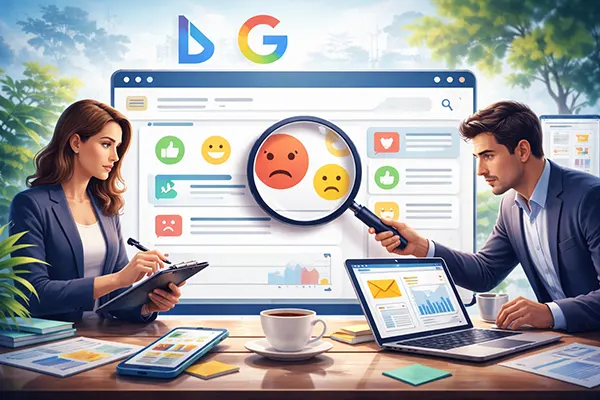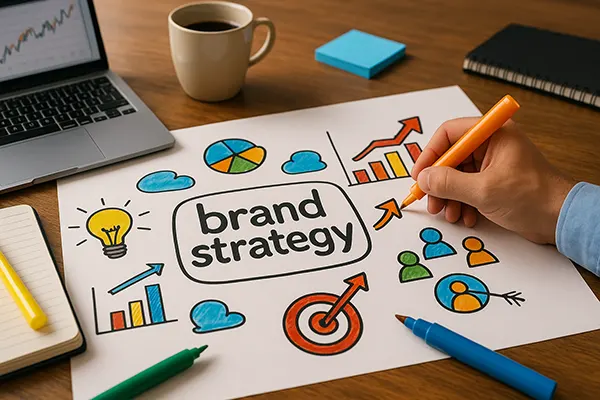
Emotional Manipulation in Advertising: How Crises Are Exploited in Marketing
In times of global instability, emotions become powerful tools for communication — and, unfortunately, for manipulation. During wars, pandemics, and economic downturns, brands often tailor their messages to match the public’s fears or hopes. While some campaigns genuinely aim to help, others blur the line between empathy and exploitation, raising complex ethical questions about the limits of marketing in times of crisis.
Emotional Advertising During Crises
Over the past decade, crises such as the COVID-19 pandemic, the war in Ukraine, and global inflation have drastically reshaped advertising strategies. Many brands positioned themselves as “supportive allies,” promoting solidarity and resilience. However, this messaging often masked commercial goals. For example, during the pandemic, companies sold products using slogans like “Stay safe with us,” merging health concerns with consumer loyalty.
Some global corporations leveraged the emotional climate to boost visibility. Alcohol brands encouraged “staying connected online,” while fashion companies launched “comfort collections” targeting those in lockdowns. Although seemingly harmless, these approaches used collective trauma to reinforce brand awareness and sales.
The difference between authentic empathy and manipulation lies in intent. Brands that donate to humanitarian causes or provide real assistance demonstrate social responsibility. In contrast, those who use tragic events merely to boost engagement exploit emotional vulnerability for profit.
The Psychology of Fear and Control
Psychologically, people in crisis seek stability and reassurance. Marketers exploit this by associating products with emotional safety. This tactic is particularly visible during economic recessions, where ads focus on “affordable happiness” or “security through ownership.”
Fear-based advertising creates a sense of urgency, pushing consumers to act quickly. During wartime or pandemics, phrases like “protect your family” or “don’t miss your chance” play on anxiety and scarcity. These strategies manipulate the brain’s instinctive response to danger, effectively converting fear into sales.
In contrast, ethical marketing appeals to positive emotions without distorting facts. Campaigns centred on empowerment, community support, or genuine charity help maintain trust. In 2025, the most successful brands are those that balance business goals with authentic social care.
Ethical Boundaries in Emotional Marketing
The ethical line in crisis advertising is often blurred. For instance, using images of suffering, destruction, or grief to sell products crosses into exploitation. Modern audiences are increasingly sensitive to this manipulation, and social media backlash can severely damage reputations.
Ethical marketing must prioritise transparency and truthfulness. Brands should clearly communicate their intentions, especially when linking products to social causes. A company claiming to support disaster relief, for example, should disclose how much of its profit is actually donated.
In 2025, corporate ethics are under constant public scrutiny. Consumers no longer tolerate emotional exploitation masked as compassion. Brands that treat audiences as informed individuals, not as targets for manipulation, are more likely to achieve sustainable loyalty.
Case Studies: When Marketing Crossed the Line
One striking example came during the early stages of the pandemic, when several companies used “heroic” medical imagery to sell unrelated products. Another involved financial institutions promoting “crisis investment packages” exploiting public fear of inflation.
Similarly, certain fashion and lifestyle brands released collections titled “Rebuild” or “Survive,” referencing wartime or post-crisis recovery themes. These campaigns received heavy criticism for trivialising human suffering while profiting from tragedy.
Conversely, companies such as Patagonia or IKEA adopted transparent crisis communication — donating funds, adapting production to meet social needs, and avoiding emotional manipulation. These examples prove that responsibility and profitability can coexist.

How to Recognise and Resist Emotional Manipulation
Recognising manipulation requires media literacy and critical thinking. Audiences should ask: does this message truly help, or does it use fear and sadness to sell? Learning to decode emotional triggers — such as urgency, pity, or guilt — helps resist subconscious influence.
Consumers can also evaluate brand actions rather than words. If a company promotes empathy but provides no evidence of real contribution, its campaign likely serves marketing interests alone. Transparency reports, donations, and verifiable social initiatives are signs of authenticity.
In the long term, public awareness will pressure advertisers to prioritise ethics. As audiences evolve, emotional intelligence becomes a shield against manipulation, turning consumers into active participants rather than passive subjects of influence.
Building Empathetic and Responsible Communication
Responsible communication is based on empathy, not exploitation. Brands should strive to understand emotional states without weaponising them. This involves using authentic stories, genuine collaborations, and transparent initiatives that align with real human needs.
Social responsibility is no longer optional. In 2025, audiences expect honesty and humanity from every advertising message. Campaigns built on respect for collective trauma can strengthen trust and contribute to healing, rather than deepening emotional wounds.
Ultimately, ethical marketing during crises is about choosing compassion over control. By replacing fear-driven strategies with empathy, businesses can build credibility, resilience, and long-term relationships rooted in genuine care for society.
Similar news
-
 How Brands Should Handle Negative Mentions in G...
How Brands Should Handle Negative Mentions in G...AI-generated answers in Google and Bing have changed how brand …
-
 Brand Strategy in Times of Change: Building Lon...
Brand Strategy in Times of Change: Building Lon...Organisations entering 2025 face markets shaped by rapid technological shifts, …
-
 Grey Marketing 2.0: How Grey and Black-Hat SEO ...
Grey Marketing 2.0: How Grey and Black-Hat SEO ...As artificial intelligence and machine learning dominate digital marketing, traditional …
